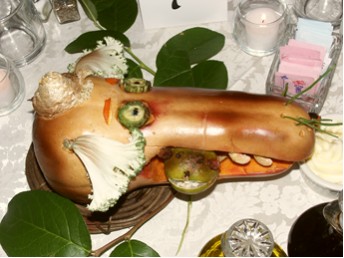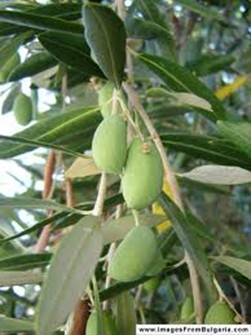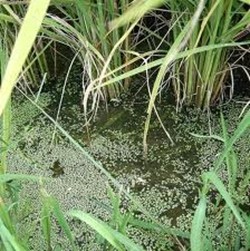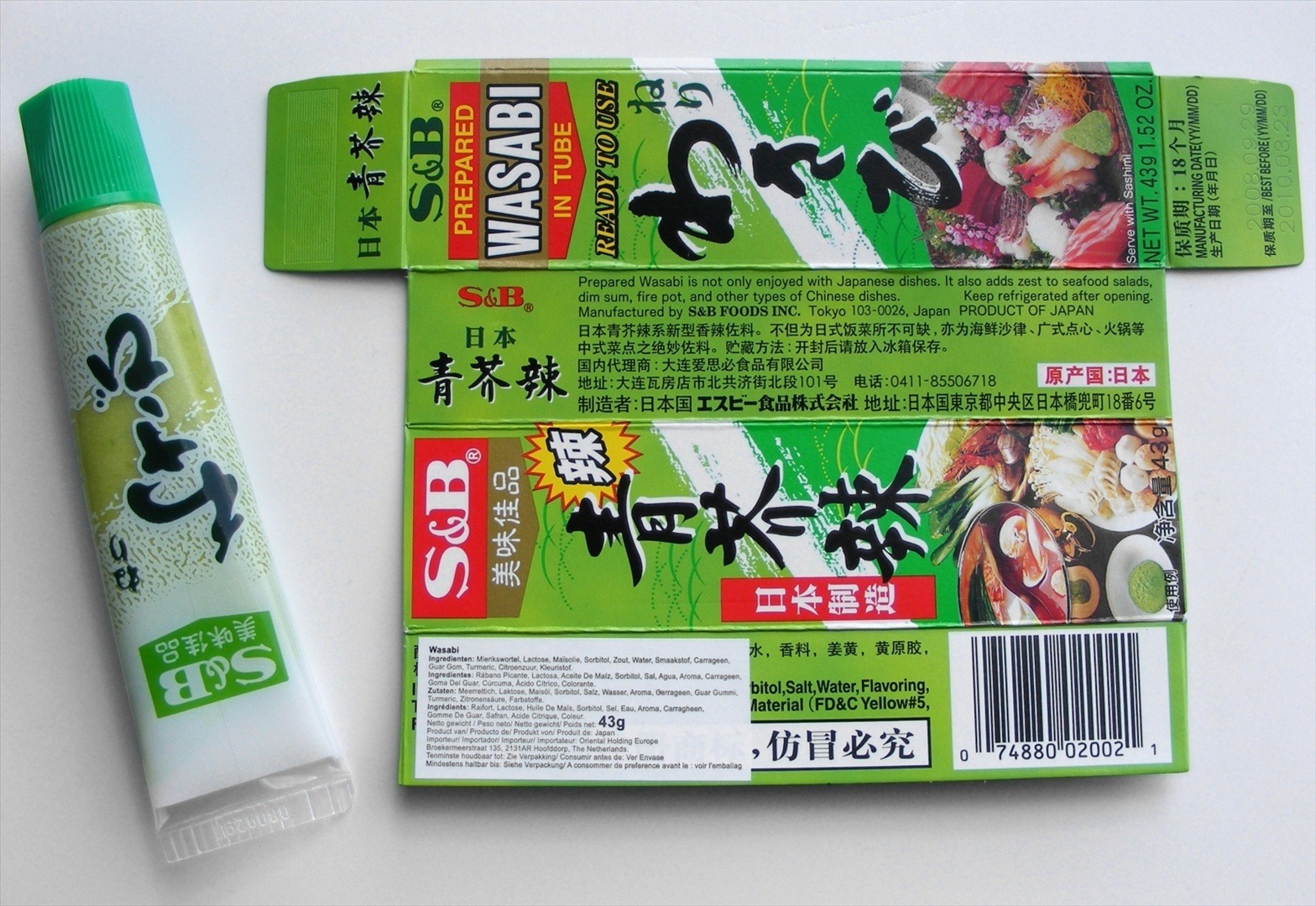Not long ago (March 13), I praised the possibility of eating one’s packaging – namely, the natural kind, such as the skin of apples and other fruits, or the created kind, like ice cream cones. Created edible packaging (in the form of plastic-like films made from tomatoes and what not) has been in the pipeline for years, but this week on a Grist post I found that someone had taken this to a delightful extreme and invented an espresso coffee cup made out of a cookie. Go here for the photo.
There’s also a wonderful book called Play With Your Food by Saxton Freymann and Joost Elffers that shows you how to turn fresh fruits and vegetables into marvelous little sculptures. I loved this book so much that I got a friend to use this inspiration to make centerpieces at my wedding. You can see one in this post. This isn’t exactly sustainable eating, but let’s stretch a point and call it good food anyway. Nine years later, my friends and family still mention those centerpieces!
Happily, the book has a sequel, Food Play, with even more vegetable magic. Food is often a serious topic (I plead guilty) but there’s nothing wrong with letting out the innocence and playfulness of childhood sometimes. In a future post, I’ll share some of the other neat foodplay ideas and websites I’ve come across.







